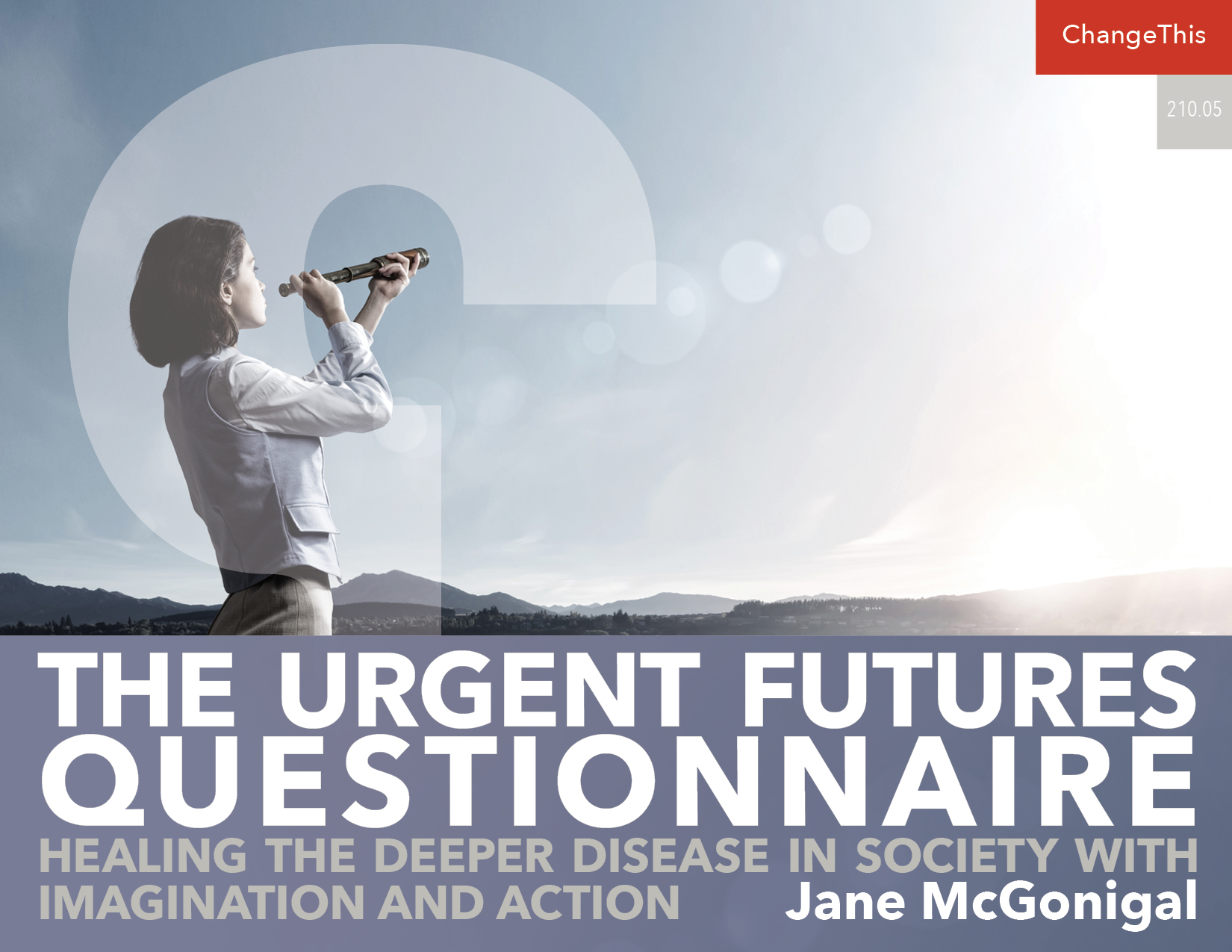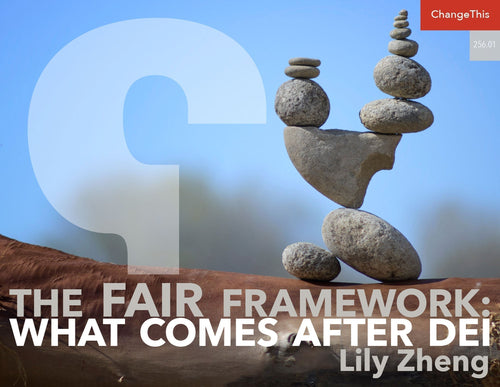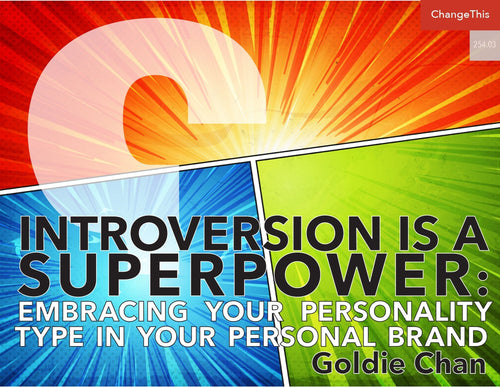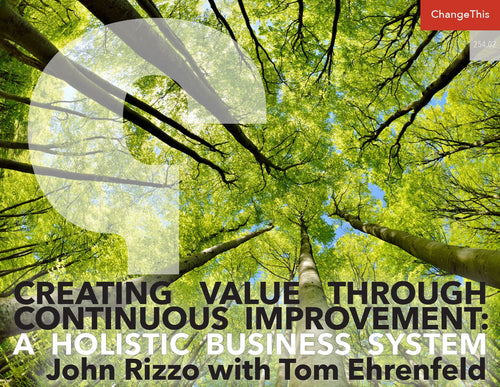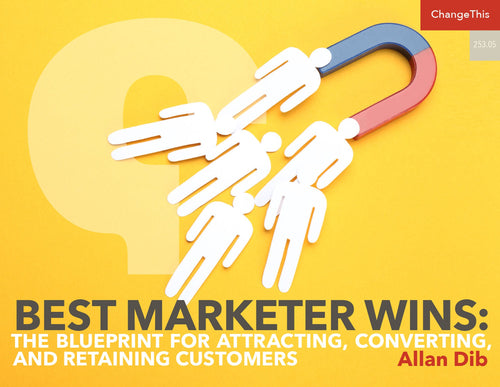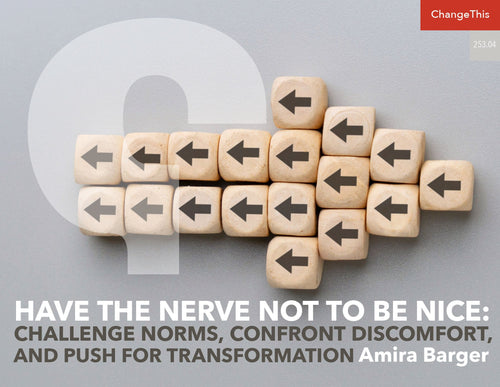The Urgent Futures Questionnaire: Healing the Deeper Disease in society with Imagination and Action
If there is one true thing to be said about what happened during the pandemic, it is that this cannot be the best that we can do.
So what can we do better? What should we do next?
“The present was an egg laid by the past that had the future inside its shell.” Within this riddle, posed by Harlem Renaissance author Zora Neale Hurston, we find our answer: we must look back at our recent past to find the challenges that will define our future.
Working through a trauma requires understanding what happened, and why. In the case of CoVID-19, this means acknowledging how much of our suffering was a result of long-standing systemic weaknesses in our society, vulnerabilities that the virus took advantage of and put on full display. As the Institute for the Future’s executive director, Marina Gorbis, put it: “It’s not just the virus that’s killing us—it’s our social, economic, and political systems.” To achieve collective post-traumatic growth for our post-pandemic planet, we will have to grapple with a difficult fact: many of the illnesses, deaths, and hardships from CoVID-19 were preventable.
As the virus spread through the world’s population, it was accelerated by societal weaknesses that should have been addressed long ago, namely:
- Economic inequality
- Broken health systems
- Extreme political divisions
- Racial injustice
- Brittle supply chains and overworked workers
- The climate crisis
We can think of these societal weaknesses as “preexisting conditions,” in the same way that old age, diabetes, and heart disease made individuals more vulnerable to the novel coronavirus. At the Institute for the Future, we call these preexisting conditions that made the effects of the pandemic so much worse, and so much harder to recover from,
the “deeper disease.”
The deeper disease will set the stage for the next decade; and the way we address it will largely determine whether we just manage to survive CoVID-19 or are transformed for the better by it.
Economic inequality, broken health systems, extreme political divisions, racial injustice, brittle supply chains, overworked workers, and the climate crisis—all of these are problems in their own right. During a crisis, they become complicating factors that deepen and prolong our suffering. As my institute colleague Kathi Vian says, “When a large disturbance shakes a complex system, the weakest parts of the system collapse first.”
It’s clear that the problems we refuse to solve today will complicate and intensify the crises we face tomorrow. Fortunately, once we’ve diagnosed a deeper disease, it’s easier to predict future symptoms. Going forward, we now have the opportunity to think about how these same preexisting conditions might manifest again. Whatever future we’re imagining or predicting—the future of food, the future of voting, the future of learning, the future of cities—we can consider how these same systemic weaknesses might undermine our goals and create new risks. At the Institute for the Future, we’re asking these “deeper disease” questions about every future scenario we imagine.
As we say, “There are no facts about the future.” Nothing can be proved about it, since it hasn’t happened yet. And so, when it comes to the future, a statement is less useful, less truthful, than a question.
The truth of the future isn’t what will happen; it’s what could happen. From where we stand today, we can only provably say: Here is the potential, or the momentum, for certain kinds of change. But the future is always uncertain, in flux, and changeable; it is a perpetually expanding and collapsing set of possibilities. We have to sneak up on the truth of the future sideways. We ask: Is this possible? Well, what about that—is it possible? And how about this? What can we do to make it more possible? Each question about what could possibly be different sneaks us up a little bit closer to the truth. And what is that truth? Well, it’s different for everyone.
The truest truth of the future is personal. It’s whatever we feel deep in our bones that we really want to be different, whatever we really need to be different, whatever we are willing to howl twice a day about until it is different. It’s whatever we are willing to spend not just a week, or a month, or a year, but a whole decade of our lives trying to make different.
And so I have a few questions for you.
The Urgent Futures Questionnaire
I developed the Urgent Futures Questionnaire as a way to help my students and my fellow futurists get to their own future truth. Here’s how it works:
First, pick any urgent challenge you feel strongly about, such as economic inequality,
broken health systems, extreme political divisions, racial injustice, brittle supply chains, overworked workers, the climate crisis, or any other “preexisting condition” of the future you have in mind.
Next, pick a specific community that you’re a part of. It could be your town or city, your school or workplace, the religious community you belong to, the political party you identify with, the industry you work in, or the country you live in.
Now, thinking about this challenge within your own community, answer these four questions:
1. How urgent do you think it is to address this problem in your own community?
(1 = not urgent at all, 10 = extremely urgent)
2. What percentage of people in your community do you think agree with you?
(1 = almost nobody, 10 = almost everybody)
3. How optimistic are you that this problem will be significantly improved in your community in the next ten years?
(1 = extremely pessimistic, 10 = extremely optimistic)
4. How much power do you personally have to influence whether or how this problem is significantly improved in your community in the next ten years?
(1 = no power at all, 10 = a huge amount of power)
You should have four numbers at the end of this questionnaire, for example: 8, 5, 6, 3. Don’t add the numbers up—you’re not giving yourself an “overall score.” Instead, you’re looking at the relationships among the four numbers. These relationships measure four different dimensions of how you relate to the future: your calling, your belonging,
your hope, and your power:
1. Your calling to the future: Do you have a strong inner impulse toward a particular course of action that can change the future, like helping solve a global problem,
preparing for a crisis, or inventing something new?
2. Your belonging to the future: Do you have a strong sense of community and fellowship around your calling? Do you feel like you’re going it alone or like you have plenty
of allies?
3. Your hope for the future: Do you feel that positive change around your calling is both possible and realistic?
4. Your power to shape the future: Are you confident that your actions matter when it comes to making positive change, and that you have an important role to play in
helping others?
Your calling score is your answer to question #1 (example: 8). Whenever there is a high number (a score of 8 or more), there is a strong and urgent calling to the future. You’ve found a specific long-term challenge that you feel passionate about and are highly motivated to help solve. The higher the number, the stronger the calling.
If you can’t think of any social problem or global challenge that you would rate 8 or higher, then finding one that calls to you is the first step to becoming urgently involved in making the future. (There are many challenges to choose from in my book, Imaginable, if you need one!)
On the other hand, if you’re rating every long-term challenge 8 or higher, then look for the one or two challenges that you rate the very highest. Are there any 10s? This will help you focus your future energy.
Your belonging score is the number you get when you subtract your answer to question #2 from your answer to question #1 (example: 8 − 5 = 3).
When your numbers for #1 and #2 are more closely aligned (a difference ≤2; or it may even be a negative number, if you think your community cares about the issue even more than you), there is belonging to the future: a sense that the future will be full of people who share your calling to make it better. But when there is a significant gap in values
between question #1 and question #2 (a difference >2), there can be alienation from the future. That’s the painful feeling that others aren’t invested in the same change you want to help make.
Closing this gap is a powerful way to change how you relate to the future. This may mean seeking out people in your community who are already working on this problem and joining them, or educating yourself about their efforts. Finding these helpers will give you a place to belong.
Or it may mean picking a different community to try to create change in. Is there another group where your calling might be better appreciated? Look around and consider all the groups you belong to. One of them may be more ready for change.
Or it may mean actively working to increase the community of people who share your urgency by becoming an advocate for the challenge to your friends, family, neighbors, colleagues, and others. Even finding just one other person who shares your future calling can make a huge impact on how much energy and optimism you bring to that future.
Your hope score is the number you get when you subtract your answer to question #3 from your answer to question #1 (for example: 8 − 6 = 2).When your numbers for #1 and #3 are more closely aligned (a difference ≤2; it may even be a negative number if you are very confident that positive change is coming), there is strong hope for change in the
future about the challenge you’ve chosen.
When there is a significant gap in numerical values for #1 and #3 around the same issue (a difference >2), there is anxiety or hopelessness about the future, an unease that something you care passionately about changing for the better may not be possible to change.
The best way to increase hope for change around a particular challenge is to use some imagination skills I recommend practicing: zoom out to a ten-year timeline, look for evidence that anything can change by playing Stump the Futurist and one Hundred Ways Anything Can Be Different in the Future, and take mental time trips to imagined future worlds where positive change has already happened. The more vividly and realistically you can imagine positive change, the better prepared your brain will be to spot real
opportunities to make it.
Your power score is the number you get when you subtract your answer to question #4 from your answer to question #1 (example: 8 − 3 = 5). When #1 and #4 are well aligned (a difference ≤2; it may even be a negative number if you are confident that your actions matter), there is a feeling of power to make change and help others in the future, a confidence that your efforts can and will make a positive impact.
When there is a significant gap in numerical values for #1 and #4 around the same issue (a difference >2), there is a powerlessness or helplessness toward the future.
There’s no “good score” or “bad score” on the Urgent Futures Questionnaire, no homework to “improve” your score. Instead, it’s a framework for understanding how you (and others) relate to different future challenges, and for exploring where you (and others) may have the most powerful opportunity to make change.
Someone with a score that suggests high calling, belonging, hope, and power is likely to be actively engaged in making the future in a way that feels authentic, energizing, motivating, and meaningful. Someone with a score that suggests low calling, belonging, hope, or power may have a harder time feeling energized by that future; it may feel too abstract, far away, or impossible to change.
But a person’s scores can change day to day, week to week; they can be affected by current events, conversations, personal setbacks, and exposure to new ideas and information. A person can also have high scores for one future challenge or community and low scores for others—that’s natural and suggests which challenges and communities a person may have the most energy and opportunity for engagement with.
You may find these questions helpful as a way to give a more concrete form to the swirling whirlwind of feelings you have as you imagine different futures. You may want to ask yourself all four questions for each of the preexisting conditions mentioned above. Which one do you have the strongest calling for? The most belonging? The most hope? The most power?
You can also try using the questionnaire when discussing urgent challenges with a larger group, whether it’s at a town hall, team meeting, volunteer training, or classroom discussion. You don’t have to calculate scores; just share and compare your numbers for each question. This is a great way to connect with others who can increase your hope and sense of power around your calling. Who has a higher answer to question #3 or #4 than you? Ask them why they chose the numbers they did; they may have good news or useful strategies to share.
Most importantly, just the very act of asking these questions can help nudge someone toward more optimistic engagement with the future. As one respondent to the Urgent Futures Questionnaire put it: “It was actually kind of empowering just to ask myself these questions. Just reading these questions I felt, well yeah, there are more possibilities open to me than what I normally consider in my day. I could be someone who really thinks about and helps solve these kinds of challenges. Why not me?”
Author and activist Walidah Imarisha writes: “Futures we want don’t exist as untouchable distant points out of our reach. When we focus on collective action, mutual aid, self-determination, and centering the leadership of the marginalized, we live the change we want and we defy linear time. We pull those liberated futures into the present. … Let’s keep pulling liberated futures into the present over and over again until we reach the day when that’s all there is.”
Imagination is the first act of pulling the future into the present. It builds urgency, motivation, and a community for action when we share our imagination with others. Questioning also pulls the future into the present. Every question we ask makes space for new ideas, new possibilities. When we frame future possibilities as questions, instead of predictions, we can be braver and bolder in our thinking. We don’t have to be certain; we can be curious. We can reveal our curiosities to others. We can start asking the same questions, together.
So let’s keep going.
What other futures can we imagine? What other futures should we imagine?
Are you ready to defy linear time?
Are you ready to start pulling?
Adapted from Imaginable.
Copyright © 2022 by Jane McGonigal.
All Rights Reserved.

